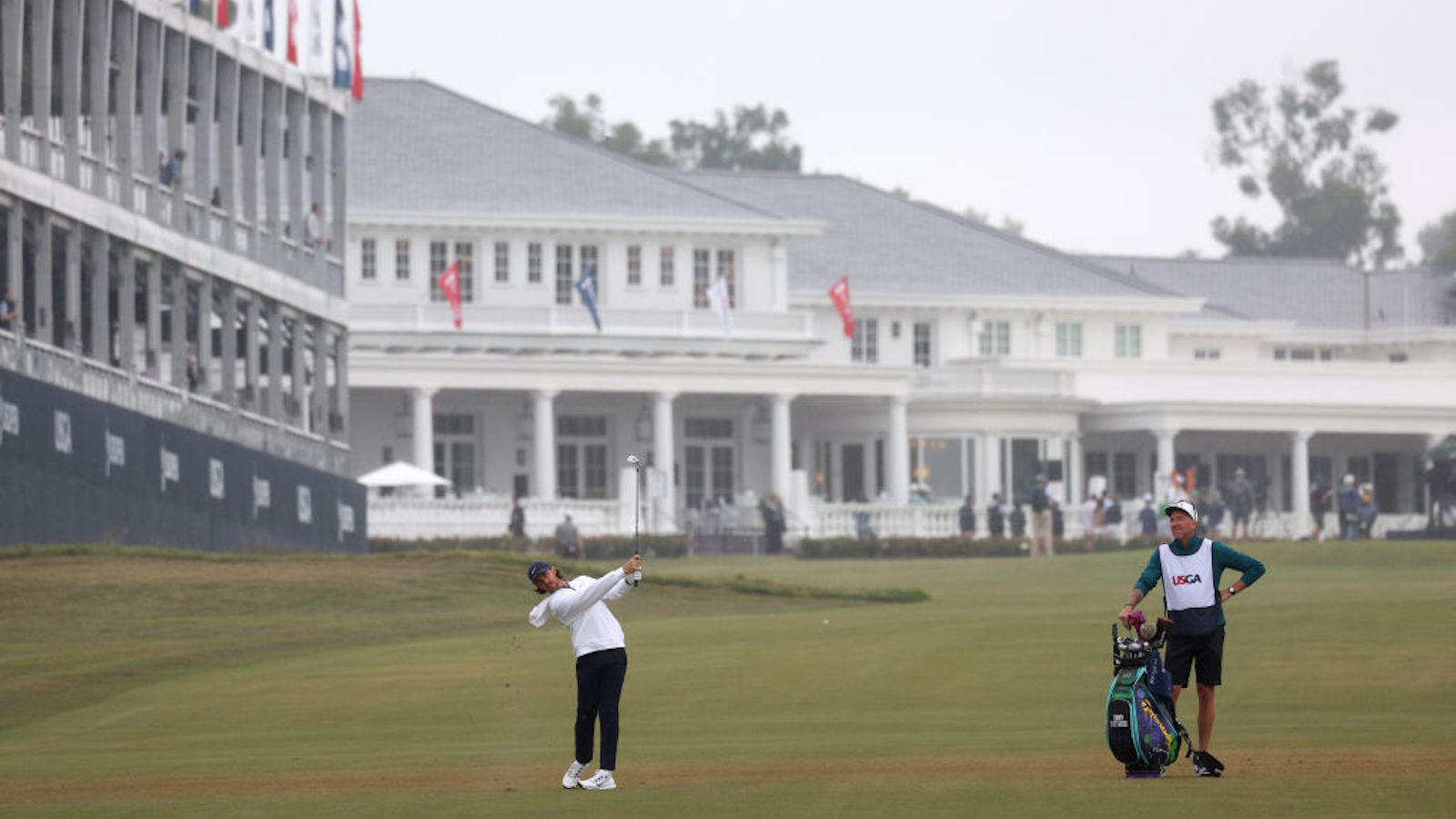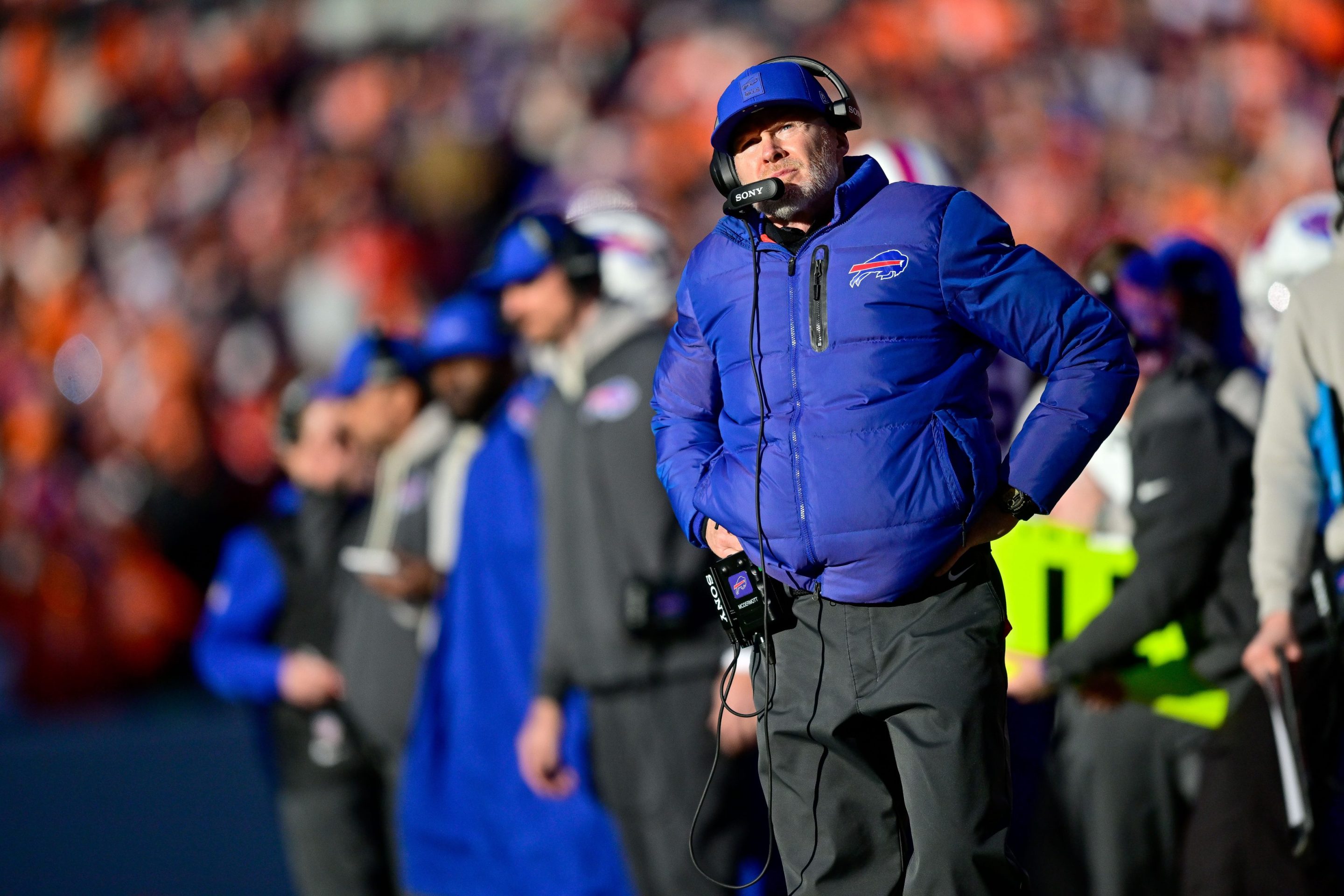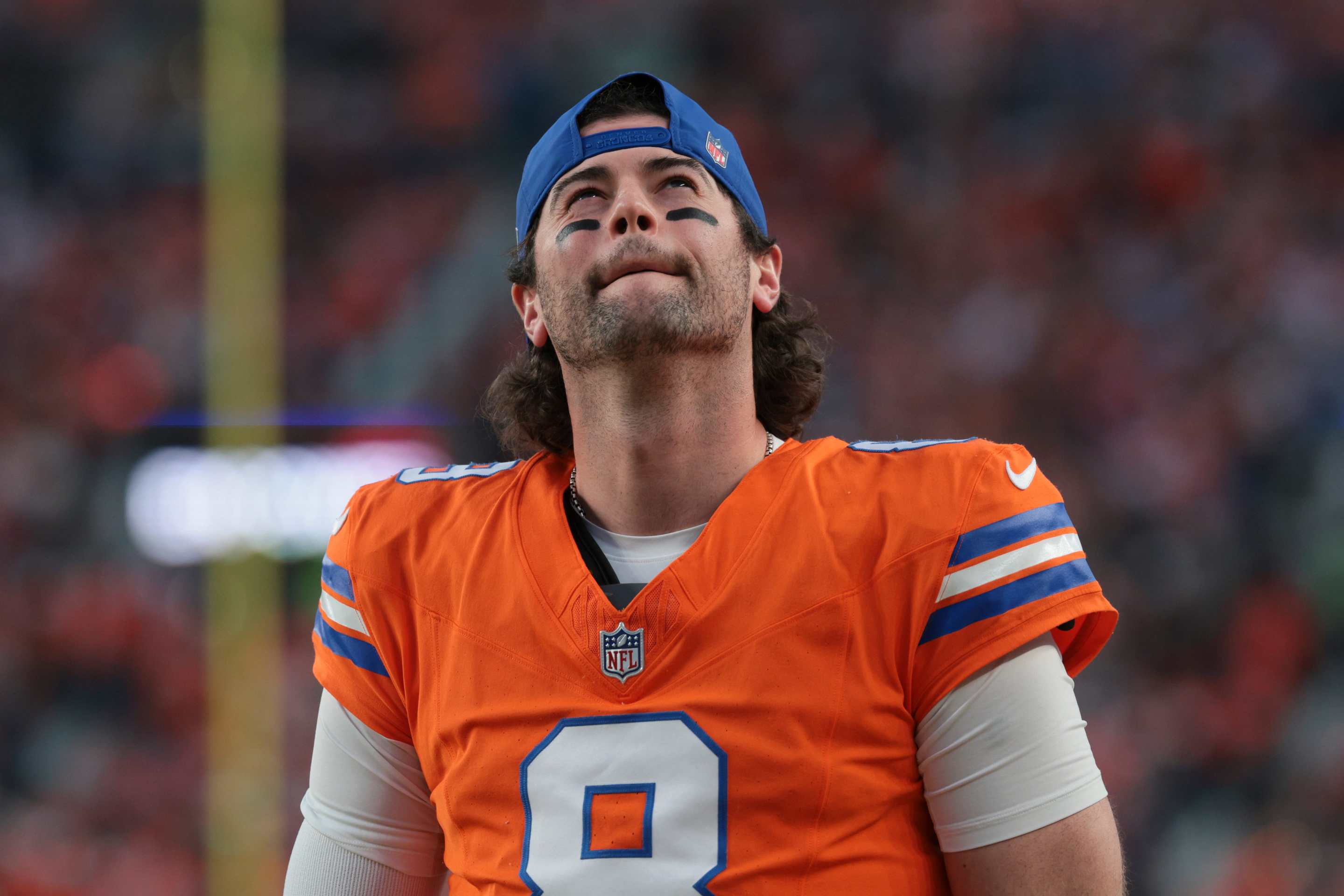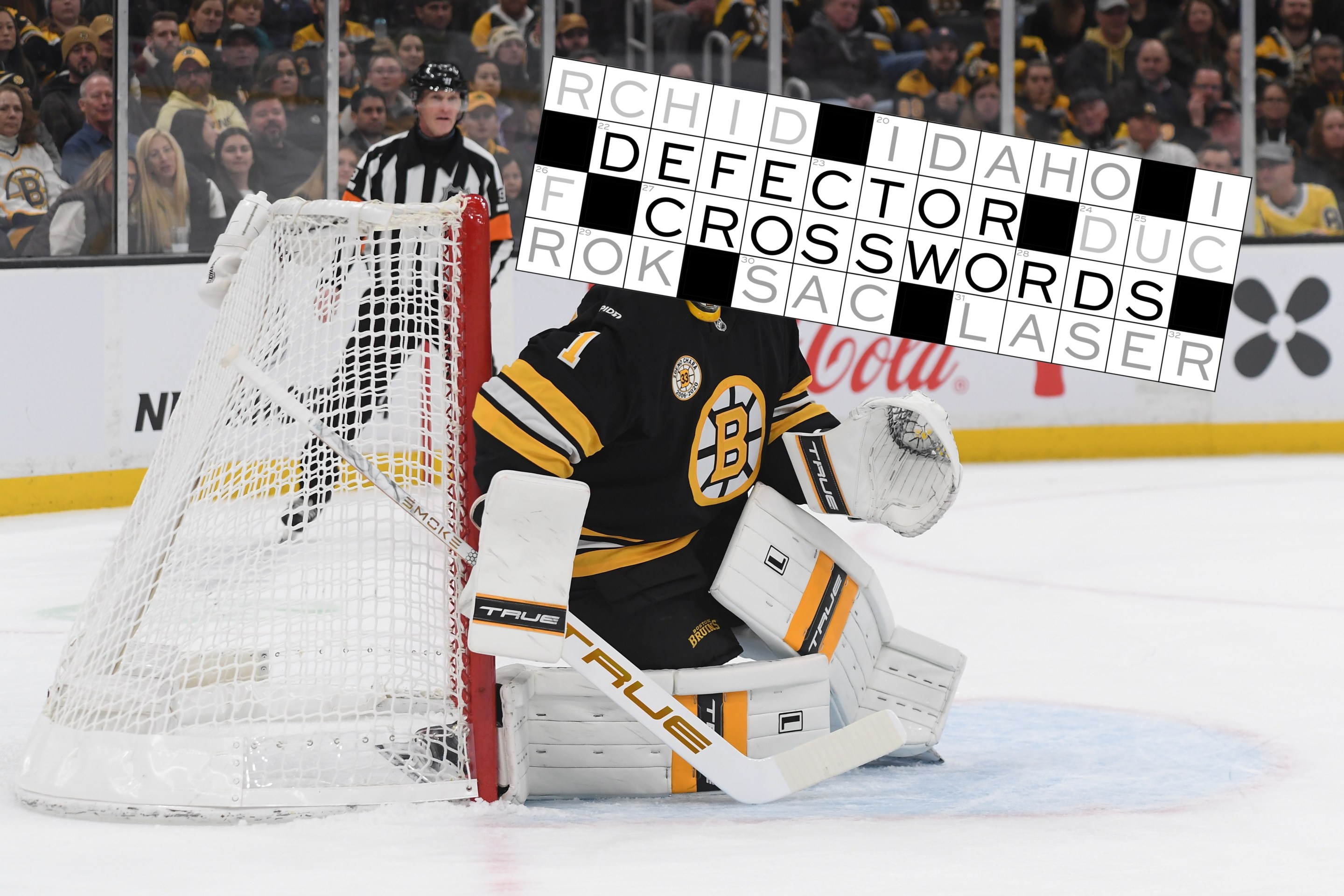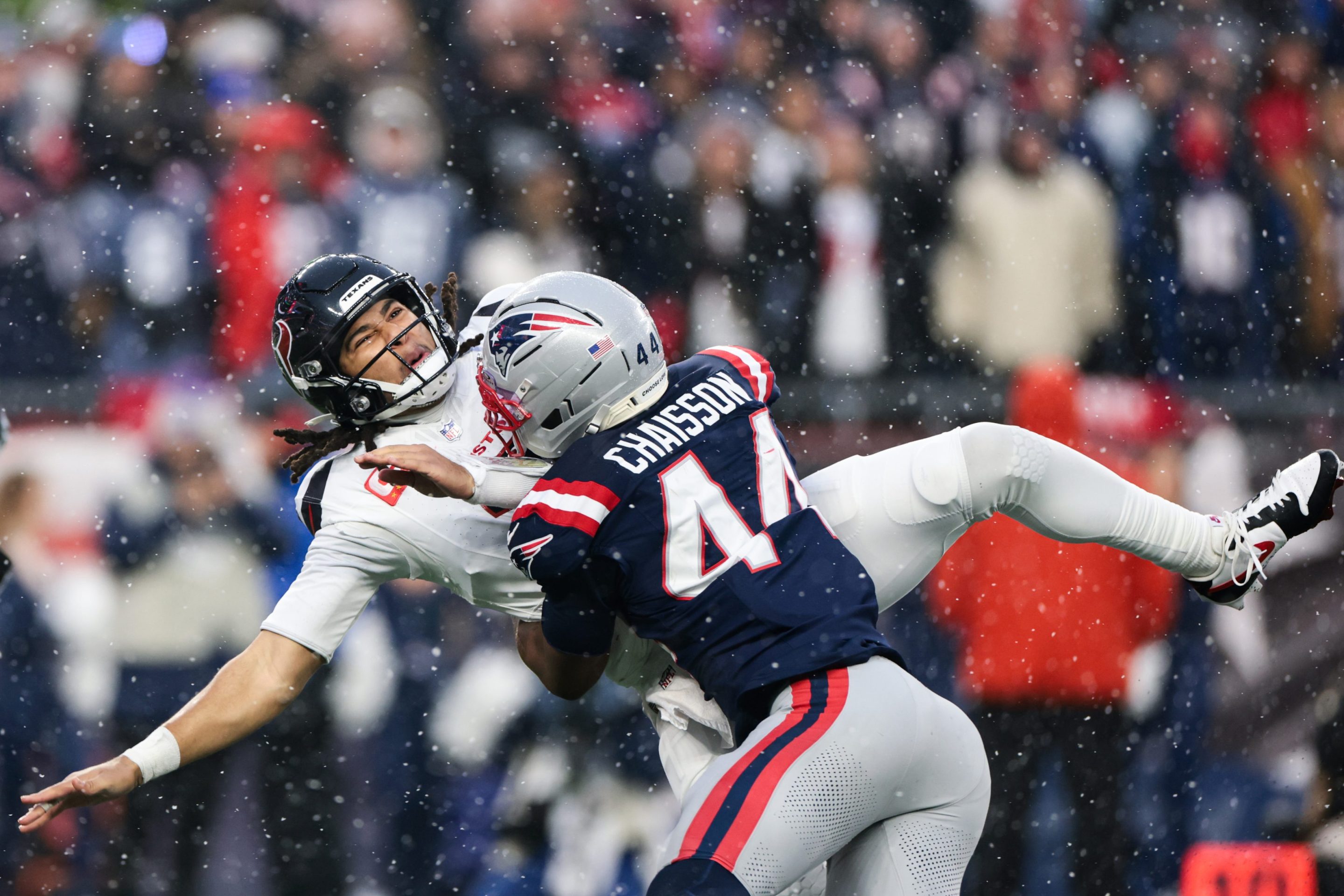This weekend, for the first time in its history, the famously private Los Angeles Country Club will open its doors to the unwashed masses and finally host a U.S. Open. The best golfers in the world will be tested by George C. Thomas Jr.’s legendary design, which was painstakingly restored to its original character by architect Gil Hanse in 2010.
The North Course, one of two 18-hole championship courses on LACC’s 325-acre property on the edge of Beverly Hills, is touted as one of the most spectacular courses in the country. In its preview coverage of the course, Golf Digest notes that though LACC is “enclosed in one of the most industrious and wealthy sections of the country’s second largest city, its 36 holes are rustic and natural, a throwback to a far more primitive Southern California landscape.” Seen from above, this juxtaposition is strikingly clear.
Hollywood from high above. 🚁
— Golf Digest (@GolfDigest) June 13, 2023
Take a first look at Los Angeles Country Club: https://t.co/wyifj2a5P1 pic.twitter.com/6zF1isDNHd
Following the 2015 announcement that the U.S. Open would be coming to LACC, Hanse said to the Los Angeles Times, “To have this beautiful piece of ground preserved amid so much urban development is amazing, there’s no other setting like this anywhere in golf.” Which is true, but there’s a reason for that: LACC is only able to exist on some of the planet's most expensive real estate because it pays almost nothing in taxes.
To understand how LACC manages this, we have to go back to the 1960 election, which put a series of direct ballot propositions to California voters. Ballot propositions are a familiar feature of California elections, as are the multimillion-dollar lobbying efforts that routinely accompany these propositions, working to manipulate the public into voting the way moneyed interests would prefer. Uber and Lyft's propaganda campaign to confuse voters into letting them continue mistreating workers is a stark recent example of this. In 1960, backers of Proposition 6 hired Bob Hope and plastered the reasonable-seeming slogan "Keep California Green" all over the state, in support of a proposition whose real purpose was to exempt private nonprofit golf courses from the "highest and best use" principle of property taxes.
The idea behind the “highest and best use” principle is that the value of a given property should be assessed based on its most efficient and profitable potential use, rather than its actual use. If, for example, you owned a parcel of land in downtown L.A. and decided that instead of developing it you wanted to use it exclusively to practice parkour, that would be objectively sick. But it would also mean that, for tax purposes, your parcel's value would be assessed as though it could be home to a multimillion-dollar high-rise, because that would be the “highest and best use” of the land. This principle generally doesn’t affect average taxpayers very much, but would matter a lot to you if you owned large swaths of farmland or, say, a golf course that sits on 325 acres of the most valuable real estate in the world.
Proposition 6 passed easily and became known as the Bob Hope Exemption. Golf courses like LACC would not be assessed based on the “highest and best use” principle, but instead have their assessed value and tax burden artificially deflated. California would be kept green, so long as your idea of valuable greenspace is a walled-off private golf course enjoyed exclusively by the rich and watered with the last precious drops of the Colorado River.
In 1971, two Jewish California taxpayers challenged the Bob Hope Exemption, arguing that this special carve-out for private golf courses violated the 14th amendment. LACC didn't permit membership to Jews (or women, or any people of color), so they argued that "giving favored tax treatment to organizations which discriminate in admissions to membership on grounds of race [or] religion [...] constitutes 'illegal state action' by California." They were plainly correct, but the California Appellate court disagreed, citing Proposition 6's argument to voters that "the courses were considered beneficial because they provided wooded, planted, open space areas giving greenbelt breathing space to California's growing cities." This might have been true if the public were allowed to play on, or even see, LACC—but for the average Angeleno, this particular wooded, planted, open space area looks like this.
The Bob Hope Exemption would be ridiculous and burdensome to California taxpayers on its own, but it becomes truly outrageous when golf courses like LACC combine their artificially deflated assessed values with the protections of another infamous ballot measure passed in 1978: Proposition 13. A controversial amendment to California’s constitution, Prop 13 rolled back almost all real estate assessments to 1975 market value levels, limited the property tax rate to one percent, and limited future property tax increases to a maximum of two percent per year. This means that if a property has had the same owner since Prop 13's adoption, then that property is taxed based on its assessed value in 1975, with a yearly two percent increase to account for inflation, and will only be reassessed when it changes ownership.
To its proponents, Prop 13 represents a unique example of taxpayers realizing their power and organizing to insulate themselves from rapidly escalating home prices. Its critics will tell you that it mostly subsidizes white, wealthy, and commercial property owners (like LACC) at the expense of new homeowners, renters, and local governments. Undeniably, Prop 13 has contributed greatly to the housing crisis California currently faces. It’s known as the third rail of California politics because the homeowner class that it benefits fiercely defends it at the polls—but even its staunchest supporters would agree that it was not intended to shelter private golf courses from paying taxes.
For 30 years after Prop 13's passage, LACC and every other private nonprofit golf club in L.A. enjoyed a comically low tax rate. In 2010 Benjamin Mark Cole, a freelance reporter for a small weekly newspaper called the Los Angeles Garment & Citizen, noticed that these clubs were obscenely undervalued for the land they occupied and asked a simple question: At a certain point, doesn’t the turnover in membership at these clubs constitute a change in ownership, and therefore necessitate reassessment of its value? The L.A. County Assessor did not have a good answer for the reporter and called in the Board of Equalization, which released a memo that, as far as tax arguments go, is pretty heady.
Basically, the memo argues that because there is continuity in the golf course's membership, the ownership never changes hands, and therefore is covered under Prop 13. Members can die or leave, new members can join, but the LACC continues to be owned by The Membership. It's a Ship of Theseus, but instead of ship parts, it's private equity chuds being swapped out over time. So long as no member ever “controlled” more than 50 percent of the organization, the state of California would consider the club's ownership unchanged. This is the same principle that gives other giant properties owned by corporations, like Disneyland, Prop 13 protection.
The 2020 election included a ballot measure to repeal Prop 13 protections only for commercial property owners with more than $3 million in holdings and reassess them at their fair market value. A study from USC estimated this measure—one of the first meaningful attempts to curtail the effects of Prop 13—would have given the state $11.4 billion in additional revenue. It failed, by around 600,000 votes.
Thanks to the Bob Hope Exemption and Prop 13, LACC paid just over $300,000 in property taxes in 2022, according to public records. The fair market value of the club's land can't be known for sure because it hasn’t been reassessed in almost 50 years, but there are some clues. The Playboy Mansion, which directly abuts LACC, was sold in 2017, forfeiting Creepy Old Hugh Hefner’s Prop 13 protection and allowing a new tax assessment. The billionaires who now own the mansion paid over $1.2 million in property taxes on it in 2022, or just over four times LACC’s tax bill. The mansion sits on about five acres, or approximately 1.67 percent of LACC’s acreage. (LACC did not return a request for comment on its 2022 tax payments and the current assessed value of its property.)
Beyond these California tax breaks, LACC also enjoys federal tax exemption due to its 501c(7) status. LACC is organized as a mutual benefit corporation, to take advantage of a provision in the tax code exempting all social clubs from paying federal income taxes as long as they adhere to a few strict criteria. These include: The club’s amenities cannot be open to the public; there must be a limited number of members; and the club can earn no more than 15 percent of its income from public sales. It’s why guests at LACC are not allowed to buy anything in the pro shop. Members must pay for everything, to preserve the club's tax exemption.
One exception to these criteria is—you guessed it—hosting tournaments. The USGA can rain cash on the various Goldman Sachs executives in charge of LACC, who will use that money to renovate both golf courses and the clubhouse on the enormous property, and it will remain a tax-exempt nonprofit.
Every year, when the U.S. Open rolls around, golf commentators love to wax poetic about the charming, equitable nature of a major tournament that anyone can qualify for. The coverage will be even harder to stomach this year, with this supposedly egalitarian event unfolding within a cloister for the rich that extracts so much from the community around it without offering anything in return.
LACC's sheltered status isn't exactly surprising, particularly in the context of this country's relationship to golf. Usually when I tell people about private golf courses not really paying taxes and generally being a drain on public resources, they’ll say something to the effect of, “Well, yeah.” The politics of golf have, for the most part, always been terrible—you may have heard that the PGA Tour recently decided to go into business with Mohammed bin Salman. But it doesn't have to be this way, and it's worth thinking about how things could be better.
Is private membership the only option for these courses? Preserving greenspace from development might be a worthy goal, particularly in the middle of a vast city like Los Angeles, but all the value of doing so disappears unless the public is allowed to enjoy the spoils. And it’s not just LACC that withholds its pleasures: Bel-Air Country Club, Hillcrest, Brentwood, and Wilshere all enjoy the same Prop 13 protections and have been effectively subsidized by the public for decades. You can become nihilistic about the entire concept of golf when considering a place like LACC: Even if the club did start paying its fair share in taxes and threw open its doors to the public, would it still, in this age of climate catastrophe and housing shortages, be worth it to reserve all of that valuable land for Los Angeles' golfers? Could we actually do what these clubs claimed to do and use this immaculately landscaped green space to improve the lives of all Angelenos? None of these questions have easy answers, but an instructive example for one future possibility does exist, a few miles away from the North Course.
Rancho Park Golf Course is a well-loved municipal track right down the road from LACC. Before it was Rancho Park, though, it was the Ambassador Golf Club, a private 18-hole course associated with The Ambassador Hotel. Coincidentally, the course is a design of William Herbert Fowler, one of the original architects involved in the creation of LACC. In 1933, the IRS seized the course, due to unpaid taxes by the Ambassador Hotel owner. The neighbors didn’t want the land developed, so they launched a campaign to turn the course into a public park. After 10 years of lawsuits, overtures to public officials, and local coalition building, these Los Angeles residents succeeded at having the land turned into a city-run park, with a recreation center, playground, archery range, picnic tables, tennis courts, outdoor fireplaces, and a renovated public 18-hole golf course, nearly all still in use today.
As LACC President Gene Sykes said recently, “If the game is going to be healthy 50 years from now, we have to give opportunities to kids from every corner, kids who don’t have the resources.” Rancho Park has been instrumental in developing junior golfers in L.A. for the better part of a century—including the course’s current junior record holder, Tiger Woods, who shot a 64 there when he was 13.
It's here, just two miles from LACC's walls, where one might find golf's actual egalitarian spirit. Rancho Park has provided multi-use greenspace and recreation to generations of Angelenos, and it helped raise one of the greatest golfers of all time. All it took to make that happen, to nurture the game of golf as well as the community in which the game is played, was political will.
